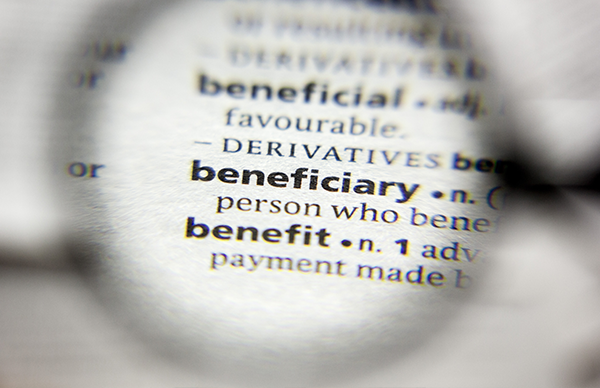As the year comes to a close, you may wonder what plan records must be kept and what items can be tossed. Historical plan records may need to be produced for many reasons: an IRS audit, a DOL investigation or simply questions from participants about their benefits or accounts to name a few.
The Internal Revenue Service (IRS) takes the position that plan records should be kept until all benefits have been paid from the plan and the audit period for the final plan year has passed. This additional audit period is important to note. It may seem that with the final payout the plan is gone, but the reality is that the plan can be selected for audit for 6 years after the plan assets are paid out and your final Form 5500 is filed. The items that are typically needed in the event of an audit are:
- Plan documents and amendments (all since the start of the plan, not just the most recent)
- Trust Records: investment statements, balance sheets and income statements
- Participant records: Census data, account balances, contributions, earnings, loan records, compensation data, participant statements and notices
Under the Employee Retirement Income Security Act (ERISA), the following documentation should be retained at least six years after the Form 5500 filing date, including, but not limited to:
- Copies of the Form 5500 (including all required schedules and attachments)
- Nondiscrimination and coverage test results
- Required employee communications
- Financial reports and supporting documentation
- Evidence of the plan’s fidelity bond
- Corporate income
In addition, ERISA states that an employer must maintain benefit records, in accordance with such regulations as required by the Department of Labor (DOL), with respect to each of its employees that are sufficient to determine the benefits that are due or may become due to such employees. These items don’t necessarily have a set time frame, so you may want to consider keeping these items indefinitely. Documentation needed may include the following:
- Plan documents, amendments, SPD, etc.
- Census data and supporting information to determine eligibility, vesting and calculated benefits
- Participant account records, contribution election forms and beneficiary forms Documentation related to loans and withdrawals
It is the plan sponsor’s responsibility to ensure documentation is kept regardless of which service providers are used during the life of the plan. Establishing a written process regarding how long to keep documentation is important as well as giving careful thought to whether the records will be electronic or paper. This ensures that, as staff members change over time, your processes will remain consistent and all necessary information will be handled appropriately. When storing plan records electronically, consider a naming convention that will make documents accessible to the proper personnel and easy to locate.
Security of the information should be considered as well to protect the confidentiality of personally identifiable information or PII. Many types of plan records include items considered PII, like social security numbers, dates of birth or account numbers. This information should be kept in a secure manner to avoid the possibility of identity theft and fraud. Take the necessary steps to ensure that the plan’s service providers also have adequate policies in place to protect participant’s PII as well.
© 2022 Benefit Insights, LLC. All Rights Reserved.







